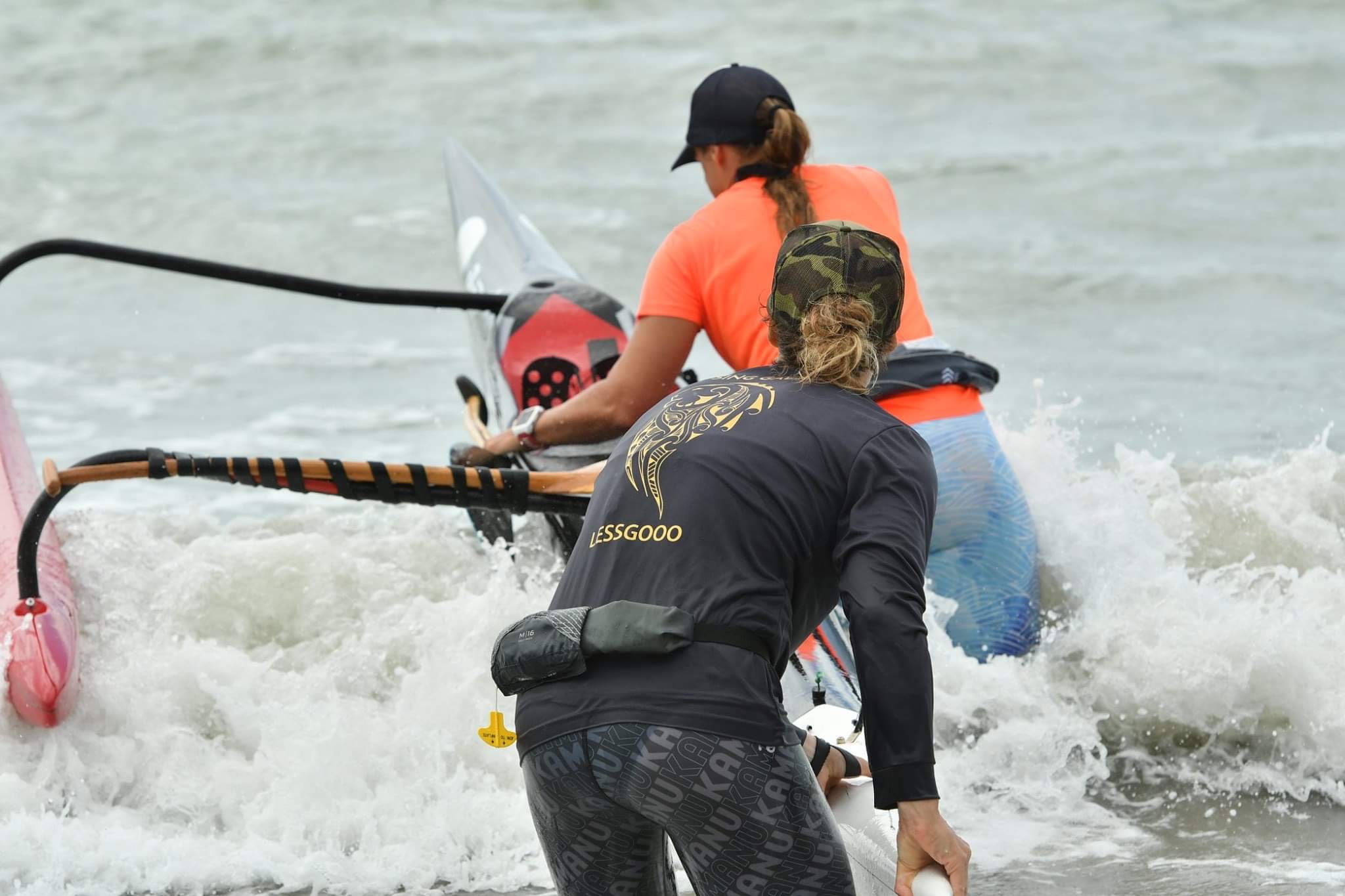How can you maintain good technique during a long race or long hard training session? While you may start out with great technique, at a certain point when your body is fatigued, your technique starts to degrade, the boat speed drops, and you start to form bad habits that can lead to injury over the short and long run.
Your best performance during high-intensity paddling (whether it is a race or training session) will come when you execute good technique the whole time you are paddling. To achieve this, it’s essential to do long training sessions without fatigue, so that you are able to train your body to maintain good form and technique. This type of training is called long slow distance (LSD) paddling, and is also known as base training or endurance training.
While base training has several important benefits, here I’m specifically focusing on how it improves your ability to maintain form over long intense periods of paddling, such as a race.
Base training should be done at around 70% of your max effort throughout the whole session, from beginning to end. This should be a pace and intensity that you could sustain all day while carrying on a conversation. It’s really important that you don’t overwork in this session but rather focus on your technique.
Don’t exceed your current level of endurance. End the session before you lose your technique. Stop paddling and take a break if you cannot maintain good technique, otherwise you are programming bad technique into your muscle memory.
Gradually lengthen the duration of these sessions throughout your season, peaking a few weeks before your main event. Your longest session on the water should be close to the target time of your race (not the distance of the race).
For this type of paddling to improve your stroke, you need to maintain focus on your body and self-coach, which I have written about here. Remember that training endurance is different than training for intensity and it’s not about working hard. What I hear from paddlers that I work with is that these base training sessions are enjoyable – meditative, focused, and relaxed — and that paddlers see a benefit from doing them, as their race endurance improves and they are able to finish an intense paddle session or race feeling strong with good technique.
Practice Your Remount
Paddling in the ocean requires stability and balance, and one of the most important skills that goes with this is a solid right side brace stroke. In my camps we learn the brace stroke and practice it every day throughout the camp.
Why do I emphasize a strong brace stroke?
- Leaning left does not make for fast paddling
- Leaning left creates more instability not less
- Leaning left hurts your body and leads to injury
So, once you agree that a brace stroke is a good thing, what do you have to be willing to do?
HULI
As part of learning to brace at my camps we practice huli recovery. If you want to learn to brace you have to be willing to huli, since it’s normal to mess up when you are learning to brace. The more willing you are to huli, the more you can practice recovering from a huli and the less of a problem it is when it happens unexpectedly in the ocean.
In the last two years of coaching my camps I’ve upped my commitment to teaching this by taking the sting out of a huli by
- Normalizing the event – it happens to everyone!
- Helping people learn to get back in the canoe quickly and safely when they do huli
- Practicing in flat water over and over.
During my first OC1 season in Hawaii I hulied seven times during the Hawaii States race. In my first Molokai Solo in 2009 I hulied about one minute after the start of the race. I came away from those experience knowing I had some stuff to learn and was determined to figure it out. I had never practiced my brace stroke, let alone remounting after a huli. This is why I designed my camps to help you overcome these issues. I continue to practice my brace stroke to this day. I don’t huli nearly as much now, but I do still do sometimes and its just not a big deal when I do.
I encourage you to first get comfortable righting your canoe, managing your paddle and your leash, and remounting in flat water. Once you feel a level of comfort with that, intentionally practice in rough water. This is important so you can figure out how to manage wind and waves safely and quickly. If you have access to water and it’s safe for you to be paddling and it won’t add stress to your life, now is a great time without the pressure of racing to build your skill set.

